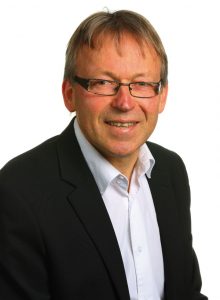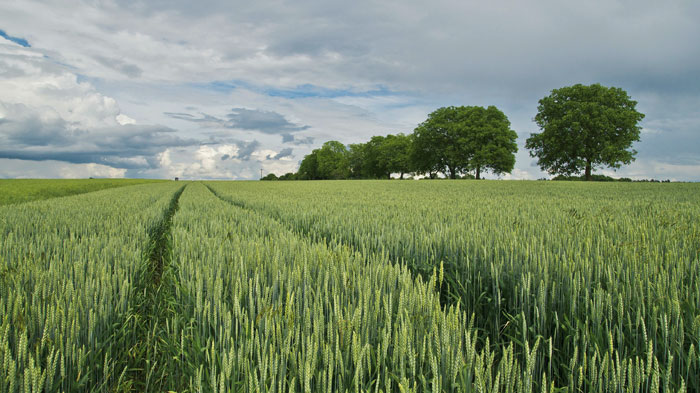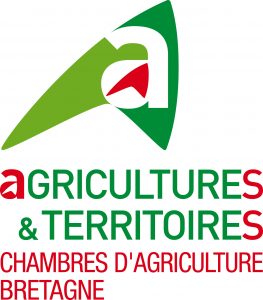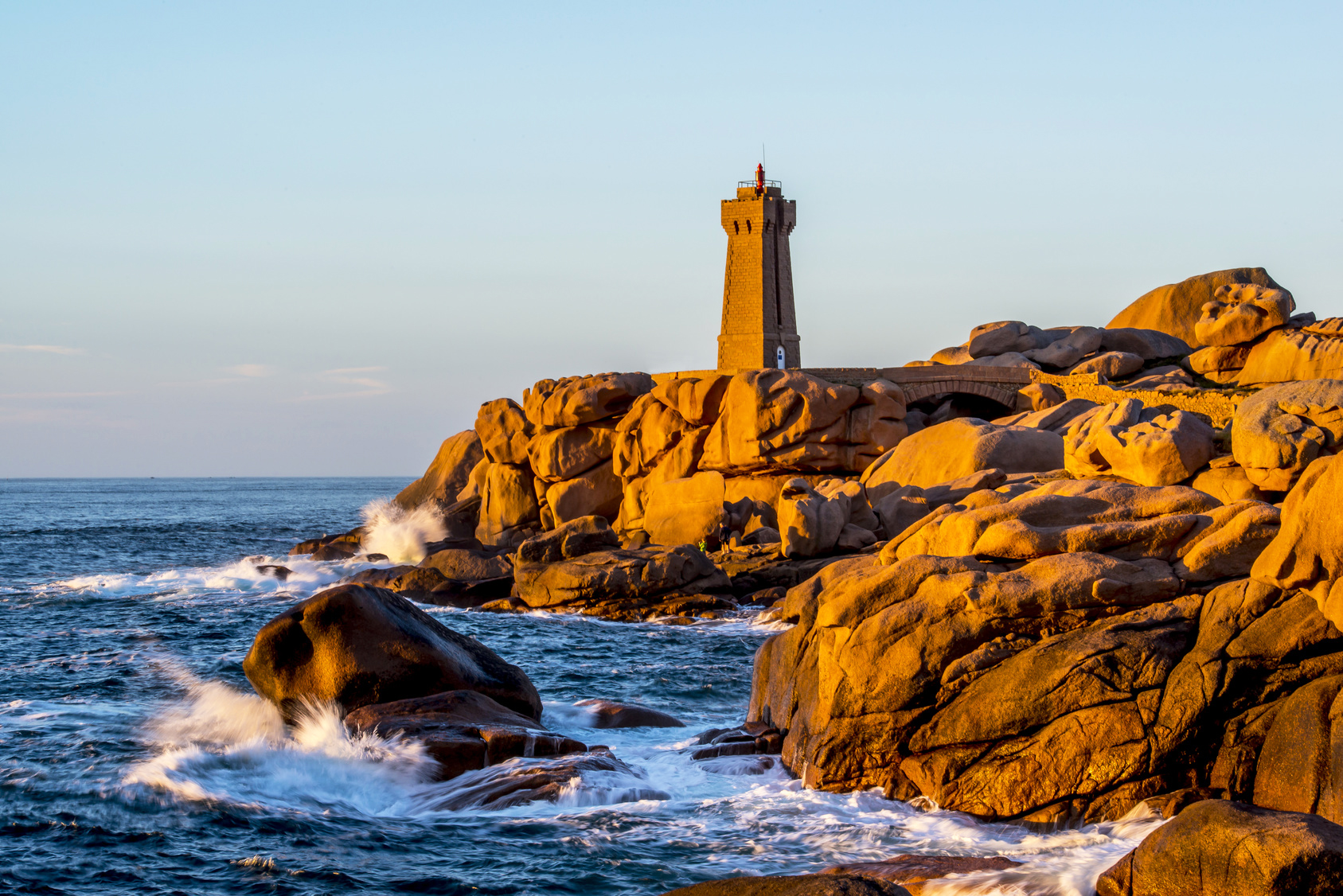
JGDE. Agriculture and the agri-food sector are essential pillars for the economy and employment in Bretagne. Can you tell us what this sector represents today?
Jacques Jaouen. With 9 billion euros in turnover for agriculture, nearly 20 billion for agri-food processing and about 135,000 direct jobs in the sector, agriculture and agri-food are indeed the foundations of the regional economy. In addition, there are a large number of induced activities in transport (road, maritime, rail …), warehousing, maintenance, manufacturing of various equipment …
JGDE. What are the channels of excellence and what are the export markets?
JJ. Bretagne is primarily a breeding ground. The region leads the rankings of the French regions of various animal productions. We produce 57% of the 21% in calves, 32% in poultry meat, 43% in the consumption of eggs, 23% of conventional milk or 21% of organic milk. But it must not be forgotten that Bretagne is also leading in the areas of vegetable 84% of French cabbage, 79% of artichokes, 79% of shallots, 34% of spinach or still 30% of the tomatoes! The players in the region target all markets, proximity, the French domestic market, but also export to countries with whom we have a long history, but also new destinations to which they are looking for growth drivers. In 2016, agricultural and agri-food exports amounted to more than € 4.2 billion in sales, of which just over one-third are meat and meat products. These exports represent 35.4% of exports Breton all activities combined, a base there too!
JGDE. At the same time, it is a sector that is facing many difficulties. What is your view of its evolution?
JJ. The development of Breton agriculture was based on national policies and a CAP which encouraged the development of production and the modernisation of enterprises. With their conquering temperament and their attachment to their territory, farmers and agri-food companies responded. The economic actors convince the public authorities of the need to open up our region to the extreme west to lift the difficulties of distance and logistics. Farmers have also invested in training to progress and take charge of their destiny. All this has borne fruit.
The entry of agricultural products into world trade, the enlargement of Europe, the entry of new competitors into agricultural markets, the environmental issues have come to question and shake up a model of based on a large number of assets on small and medium-sized family responsibility. The Bretagne agricultural and agri-food had to make a transformation to remain a production area that counts in European trade. The figures quoted above show that the economic and local authorities do not give up anything in this worse context.

JGDE. In this context, what role can the Chamber of Agriculture play?
JJ. The periods of transformation are always painful and may offer resistance or difficulties in making the necessary turns. Our dual mission, consular representative to represent and defend the general interest of a sector of territory, and our mission of advising and accompanying closer to the players in this transformation. It is both research and development to successfully meet the challenge of economically, humanely and economically ecologically intensive, in other words, agriculture and an agri-food sector multi-performance, they are prospective studies on the sectors; this is training for future farmers, future employees, continuing education, it is strategic support for project promoters. Finally, the chambers of agriculture a territorial organisation with a network of proximity that makes the collaborators easily accessible.
JGDE. Overall, there is a rise in the short circuits and a consumers’ enthusiasm for local and seasonal productions, especially in the territories with a strong identity such as Bretagne. How do you accompany this phenomenon?
JJ. The Chamber of Agriculture is equipped with a regional team distributed throughout the territory to accompany all the project promoters «from the idea to the project». They are mobilised on the ambition of Breizh Alim of the Regional Council of Bretagne. The momentum shows that these new expectations can find concrete answers that of producers, long or short, and consumers. Undeniably, Breton identity catalyses and gives power to the project, from producer to consumer, processing companies. The Chamber of Agriculture will be an actor and facilitator of this dynamic.
 JGDE. At the same time, there is also a growing demand for organic production. What do you think of the development of agrobiology?
JGDE. At the same time, there is also a growing demand for organic production. What do you think of the development of agrobiology?
JJ. This development corresponds to the expectations of food production, and methods of production of the food they consume: preserving natural resources, biodiversity. This evolution must be understood and an accompanied term offer by accompanying producers who wish to convert their system. It is also necessary to help the structuring of the sector so that producers get paid.
We are present on these various subjects, which must reconcile economic viability and social projects and societal expectations.
JGDE. Farmers are very active in the energy and ecological transition. The issues are both environmental, social and economic. Can you tell us what is happening in Bretagne?
JJ. The Chamber of Agriculture of Bretagne have begun to work on the transition. The priority was very quickly set for energy savings to reduce loads, to make farms more autonomous. Different programs of aid have accompanied them since 2009. They concern all sectors: milk, pork, poultry, production under glass housing. We have also invested in experimental studies to develop the concept of «low-energy livestock building».
The second priority was to contribute to the development of renewable energies in France. We work on two scales: that of exploitation to diversify the income of their autonomy through self-consumption, and that of the territories to register our farms in the energy transition of rural territories. The development of these projects has not been as rapid as would have been desired, because of the economic situation. However, the projects are always more numerous: wood energy, photovoltaics, methanisation …
Finally, we have tackled the issue of climate change. Agriculture is the largest producer of greenhouse gases in the Bretagne region and must therefore take its share in the mitigation of climate change. This question is cross-cutting and the answers are those of agro-ecology. It therefore meets other societal expectations and environmental.
Today comes the issue of adapting agriculture to climate change, which is obviously of strategic importance.

JGDE. How do you imagine the agriculture of the future?
JJ. Food demand is growing. But this evolution of demand is plural, between those who in the world do not yet eat their food, or do not balanced diet, which are often farmers, between those who eat their hunger, or even more, for whom qualitative expectations are different. The consumption of animal protein is questioned by some, the carbon footprint of food products, preservation of natural resources. Agriculture is concerned first and foremost by the energy transition, it is a source of solutions on this issue.
They will need to feed 9 billion people in 2050, a majority from the towns. Land and water are rare factors of production in some regions which concentrate a large and growing population. In his book «feeding men» and advocating for intensive environmentally-friendly agriculture, the agronomist, Michel Griffon suggests ways to reconcile intensification factors of production and the preservation of natural resources. The research, innovation, inter-knowledge between advanced technologies and traditional solutions are strong points. Bretagne is capable of being a pioneer in writing this new history, welcoming and accompanying diversified projects, and conquering companies in all markets, in close proximity, and in the world.
 ZAC Atalante Champeaux
ZAC Atalante Champeaux
Rue Maurice le Lannou 35042 Rennes, France
www.bretagne.synagri.com

